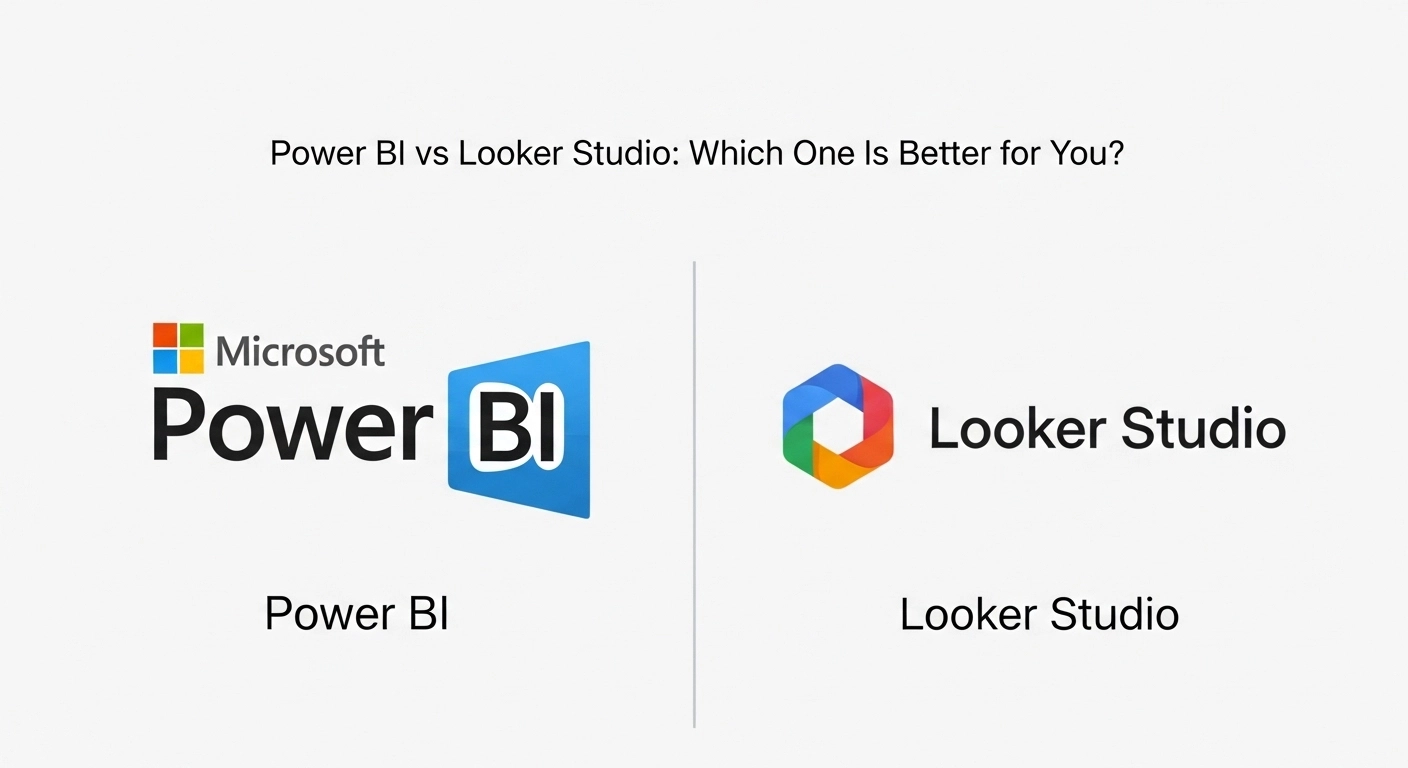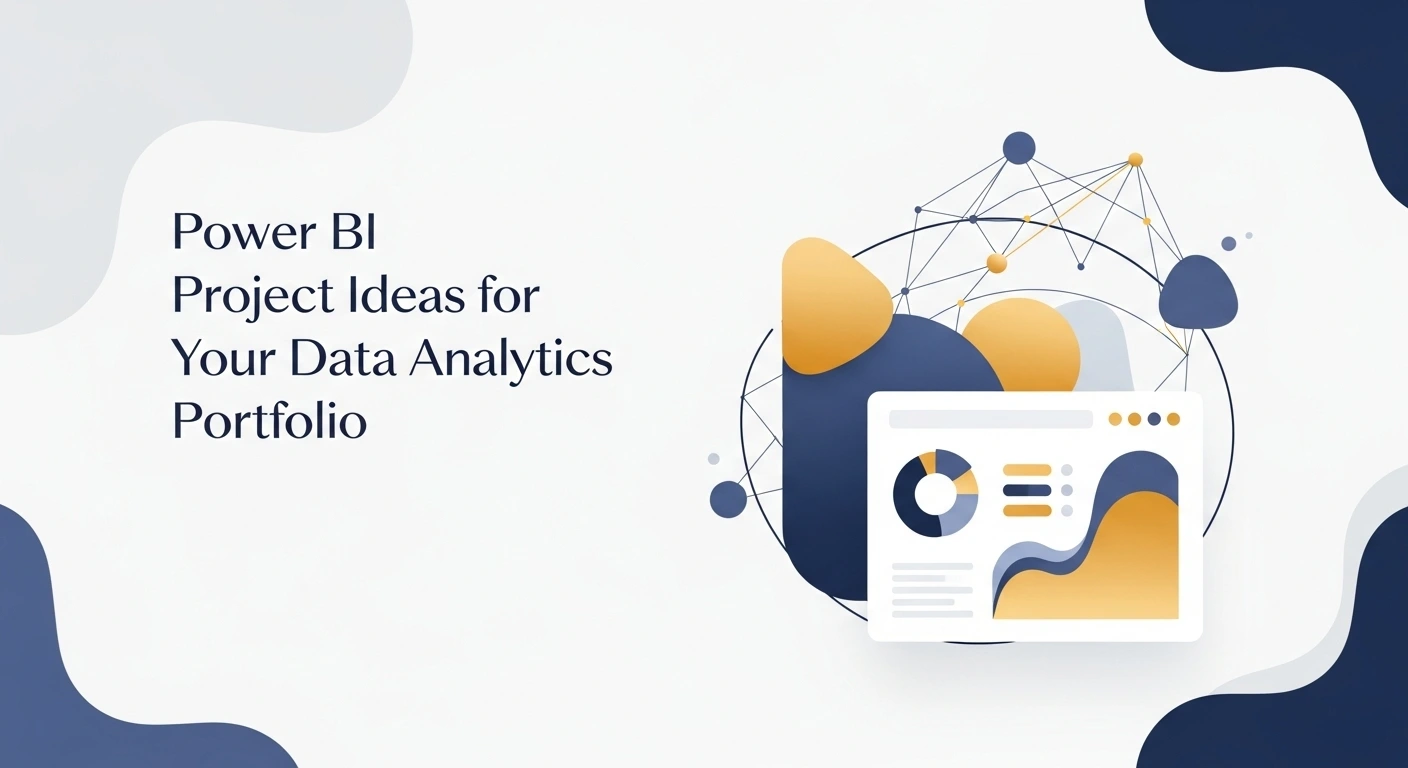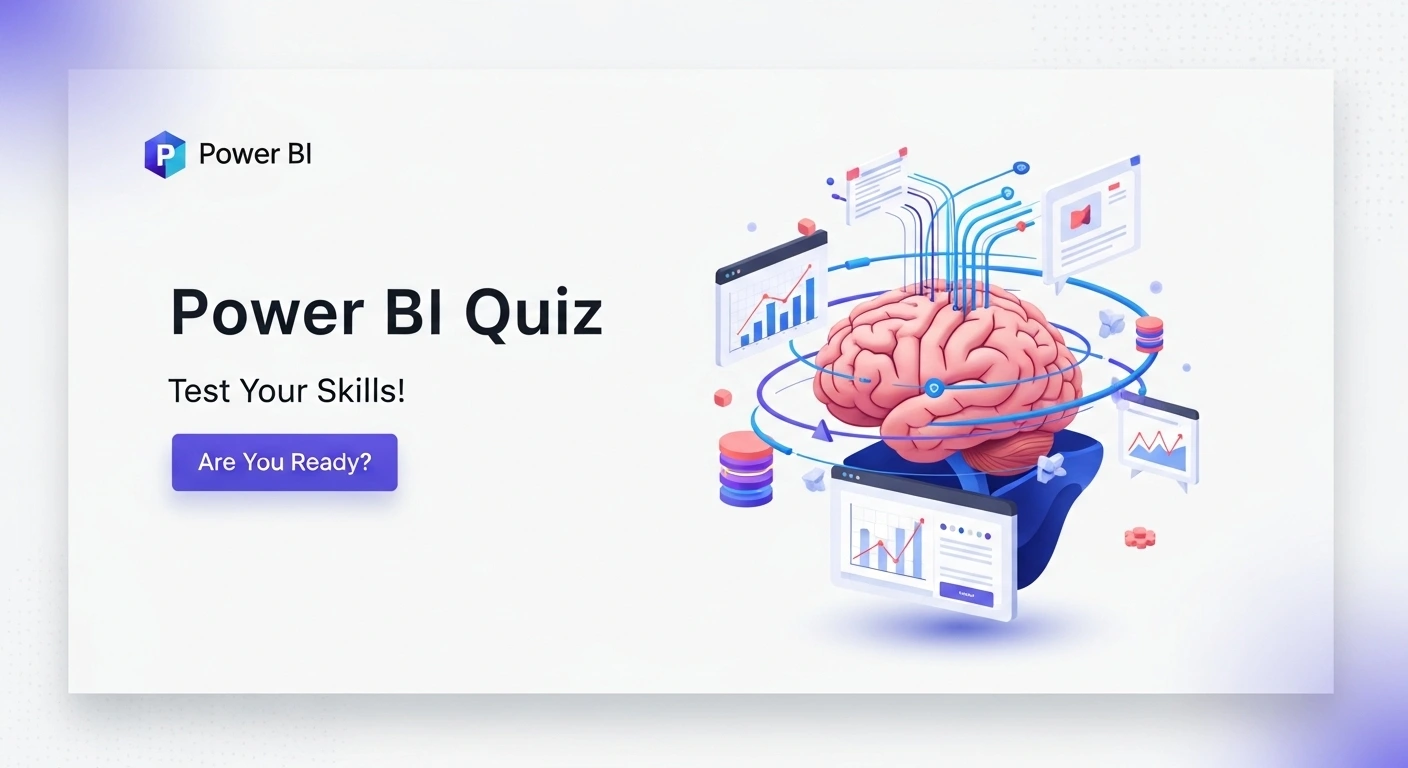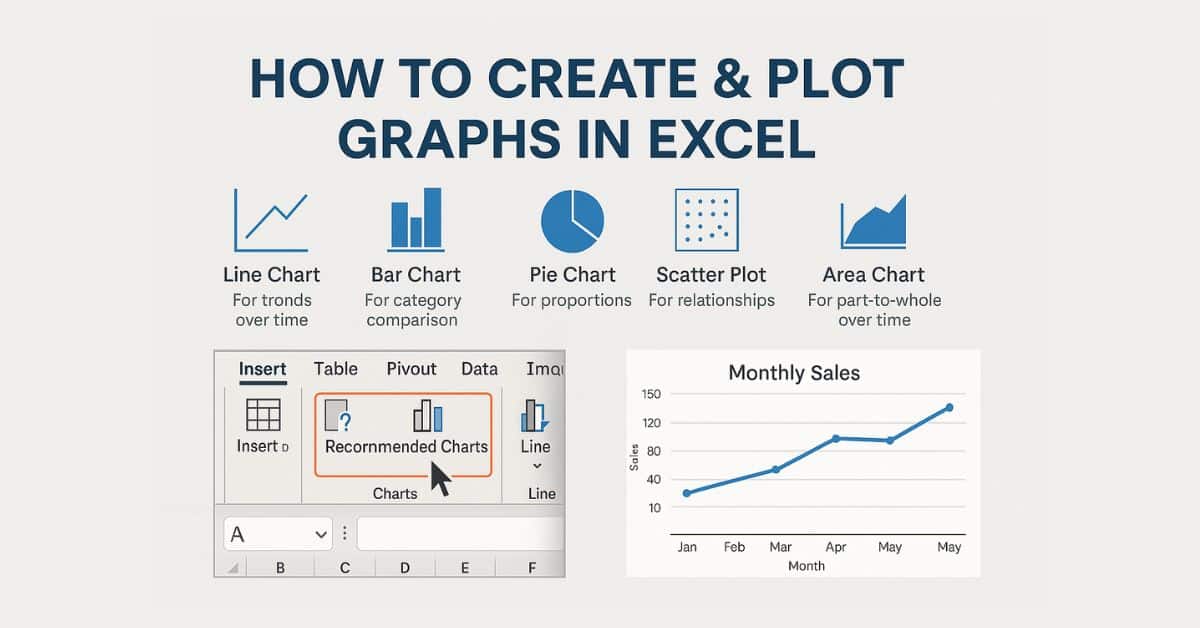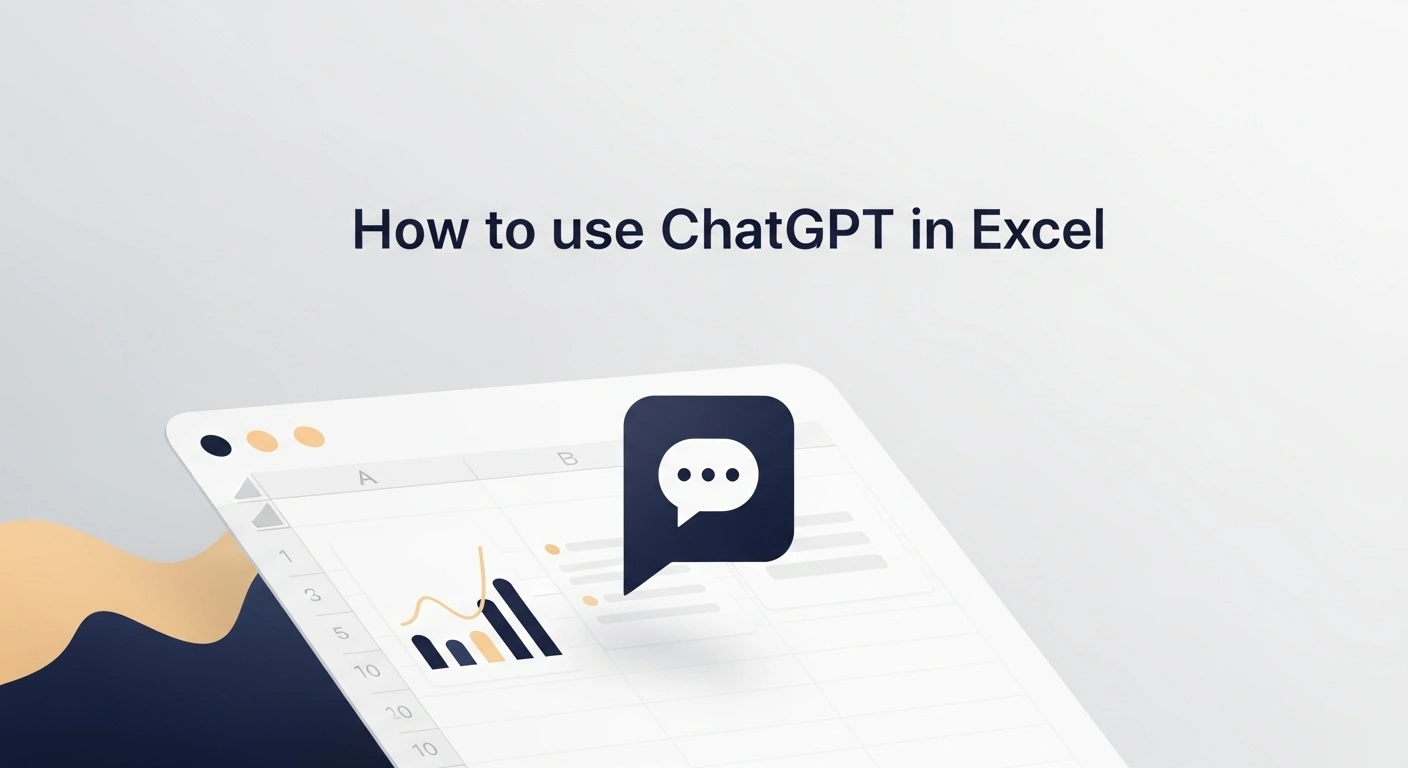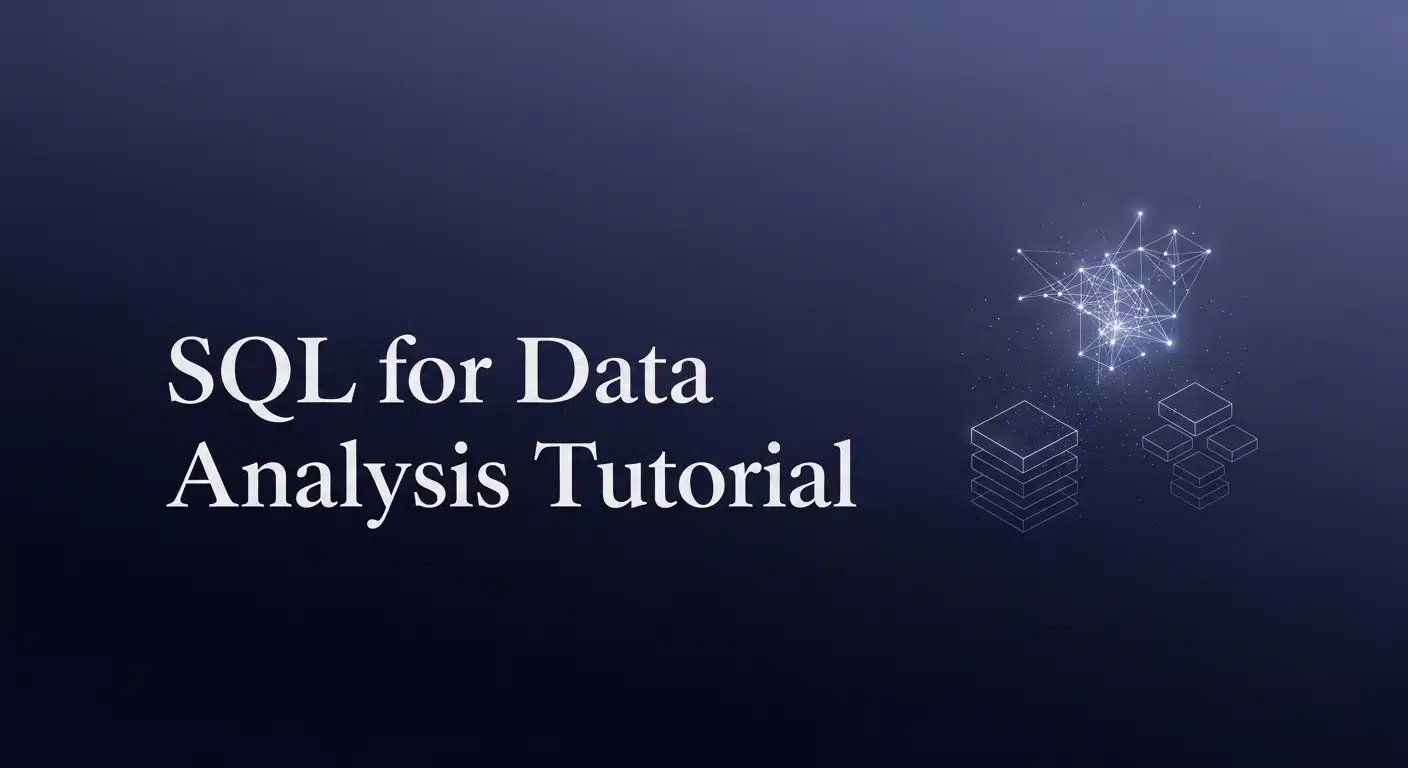- Power BI vs Looker Studio: An Overview
- What is Power BI?
- What is Looker Studio?
- Power BI vs Looker Studio: Key Differences by Feature Set
- When to Use Power BI Over Looker Studio
- When to Use Looker Studio Over Power BI
- Conclusion: Choosing Between Power BI and Looker Studio
- Frequently Asked Questions(FAQ’s)
Selecting the best business intelligence (BI) platform is not only about the beauty of the dashboard but also the ease of integrating a tool into your data stack, the ability to work with large amounts of data, and the possibility of performing complex analytics processes.
When creating dashboards on top of BigQuery or when you are trying to wrangle data across multiple SQL databases, your decision between Looker Studio and Power BI can have a large impact on performance and scalability.
Power BI vs Looker Studio: An Overview
Power BI is a comprehensive BI tool built by Microsoft. It is well-suited for businesses that need to handle large amounts of structured data and perform complex analytics. Power BI integrates seamlessly with Microsoft products, offering advanced features such as data modeling, transformations, and advanced analytics.
Looker Studio, is a more lightweight tool designed for real-time reporting. It is user-friendly, integrates well with Google products, and is ideal for quick data visualizations, especially for marketing teams that work with data from platforms like Google Analytics, Google Ads, and BigQuery.
What is Power BI?
Power BI is a business intelligence (BI) tool that transforms raw data into visually interactive dashboards and insightful reports. It allows users to connect to multiple data sources, perform data modeling, create custom calculations using DAX, and apply advanced analytics.
With both desktop and cloud-based versions, Power BI supports data visualization, scheduled refresh, and sharing across teams, making it a powerful solution for data-driven decision-making.
Key features:
- Role-based access: Controls who can view or interact with reports, ensuring secure data sharing.
- Row-level security: Limits data visibility at the row level, useful for handling confidential data.
- Natural language queries (Q&A): Users can ask questions in plain English and get instant visuals.
- AI-driven insights: Helps identify trends, anomalies, and forecasts without manual analysis.
- Customizable visual components: Wide range of charts, graphs, and custom visuals to suit business needs.
- Power BI Report Builder: Used for pixel-perfect, paginated reports often needed in finance and compliance workflows.
What business problems does Power BI solve?
Power BI unifies data from multiple sources, automates manual reporting, enables faster decisions with live dashboards, and supports team collaboration through shared reports.
Who benefits the most from Power BI?
Analysts, managers, and IT teams in Microsoft-based companies benefit most. It’s especially useful for finance, supply chain, and operations teams.
How does Power BI integrate with other tools?
Power BI connects with Azure Synapse, Excel, SQL Server, SharePoint, Power Apps, and Power Automate for seamless data workflows.
Master professional dashboards with Data Visualization Essentials with Power BI, a premium course offering 12 hours of expert content, 18 coding exercises, and 4 real-world projects. Learn how to work with DAX, build dynamic visualizations, and design reports that drive decision-making in real business environments.
What is Looker Studio?
Looker Studio (formerly Google Data Studio) is a free, cloud-based data visualization tool that helps users create interactive dashboards and reports from multiple data sources. It offers flexible data handling, drag-and-drop customization, filtering, and calculated metrics directly within the interface.
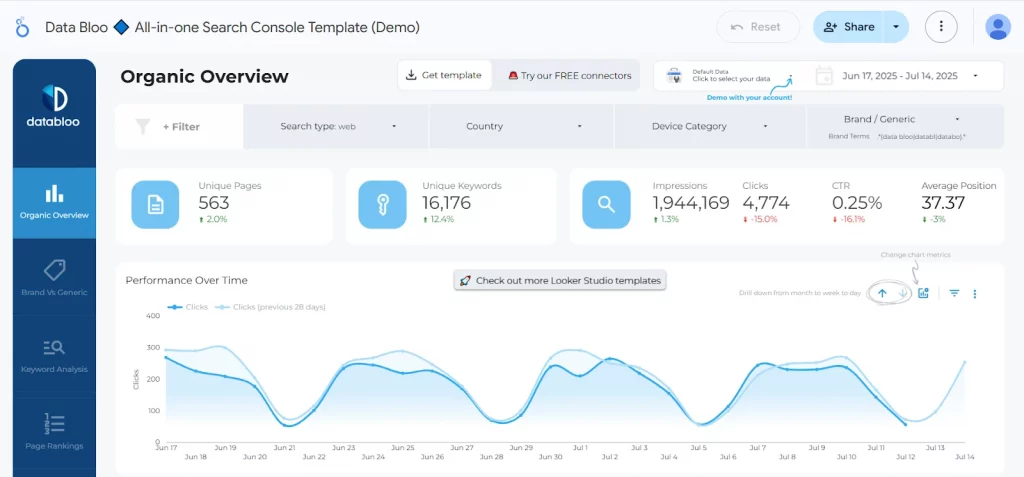
With real-time collaboration, easy sharing, and embeddable dashboards, Looker Studio enables teams to analyze and present data in an engaging and accessible way.
Key features:
- Native Google integration – Connects seamlessly with GA4, BigQuery, Google Ads, Sheets, and more.
- No-code report building – Drag-and-drop interface for quick dashboard creation.
- Custom metrics and filters – Create calculated fields and apply dynamic filters.
- Real-time collaboration – Multiple users can work on reports simultaneously.
- Embeddable, multi-page dashboards – Shareable via URL or embed into websites.
- Community and custom visuals – Supports third-party visual components.
What business problems does Looker Studio solve?
It removes the need for repetitive manual reports by creating live dashboards. It allows marketers and analysts to monitor performance from multiple data sources in one place.
Who benefits the most from Looker Studio?
Ideal for marketers, SEO teams, content strategists, and digital agencies who need quick insights from Google’s ecosystem.
How does Looker Studio integrate with other tools?
It connects with Google tools natively and supports third-party connectors for MySQL, PostgreSQL, Facebook Ads, HubSpot, and more.
Power BI vs Looker Studio: Key Differences by Feature Set
| Feature | Power BI | Looker Studio |
| Developer | Microsoft | |
| Deployment | Desktop, Web, Mobile | Web only |
| Cost | Free + Pro/Premium (paid) tiers | Free (with optional Looker integration) |
| Data Modeling | Advanced (DAX, Relationships) | Basic (Calculated fields) |
| Visual Customization | High (Custom visuals, themes) | Moderate (Community visualizations) |
| Data Source Integration | 100+ sources, Azure, SQL, Excel | Google services, APIs, connectors |
| Collaboration & Sharing | Power BI Workspace, Teams, SharePoint | Real-time Google sharing |
| Real-time Data Refresh | Supported with Gateway | Limited, depends on the connector |
| Embedded Analytics | Power BI Embedded | URL embedding, iframe |
| Security | Row-level, role-based, Azure AD | Basic access control |
When to Use Power BI Over Looker Studio
Use Power BI if:
- You require advanced data modeling, forecasting, or statistical analysis
- Your organization is built around Microsoft 365 or Azure
- You need strict data governance and enterprise-level security
- You deal with large structured datasets and want fast performance via aggregations
When to Use Looker Studio Over Power BI
Use Looker Studio if:
- You’re a marketer or analyst using Google tools (GA4, Ads, BigQuery)
- You need to create quick, shareable reports without coding
- You prioritize collaboration and embedding over deep analytics
- You have a limited budget and want a completely free tool
Conclusion: Choosing Between Power BI and Looker Studio
Power BI and Looker Studio are both effective BI tools, but they serve different user needs. Power BI is ideal for enterprises requiring structured, secure, and deeply analytical solutions. On the other hand, Looker Studio works best for marketers, small teams, or Google Analytics users seeking quick visualizations.
Evaluate the following before choosing:
- Your existing tech stack (Microsoft vs Google)
- Skill level (drag-and-drop vs scripting)
- Data complexity (structured vs semi-structured/unstructured)
- Budget constraints (free vs subscription)
For large-scale business reporting that requires advanced analytics, Power BI is the preferred option. For marketing dashboards, lightweight analysis, and easy collaboration, Looker Studio is more suitable.
Frequently Asked Questions(FAQ’s)
1. Can Looker Studio and Power BI pull live data from APIs?
Yes. The use of Looker Studio supports real-time data with supported Google connectors and third-party API connectors through such tools as Supermetrics or community visualizations. Power Query or creating a custom connector allows Power BI to connect to REST APIs, which provide more flexibility to developers, but technical installation is required.
2. Which tool supports better version control or report management?
Power BI is also more supported by version control by integrating development, Git, DevOps, and lifecycle management in deployment pipelines. Changes in Looker Studio are also manual and not as trackable, and version control can therefore be a nuisance in a collaboration setting.
3. Do these tools offer scheduled report delivery or automated emails?
Power BI Pro and Premium enable you to schedule the refresh of your reports and subscription of your dashboards via email. The Looker Studio features include the ability to schedule email packaging of results with limited customization options and no built-in ability to trigger either conditional alerts or advanced trigger criteria.
4. Is it possible to embed dashboards into websites or apps?
Yes. The two tools support embedding:
- Looker Studio offers easy-to-embed, publicly accessible dashboards via an iFrame.
- Power BI is also able to be securely embedded in web applications or portals through its Power BI Embedded service, providing a higher level of integration down to role-based access.
5. Which tool is better for multi-source data blending?
The Power Query, relationships, and DAX make Power BI more suitable for blending and modeling advanced data across sources. Looker Studio does not support basic joins (called blended data), but only inner joins. However, when there is a large amount of data or a complicated transformation, it becomes inefficient.
